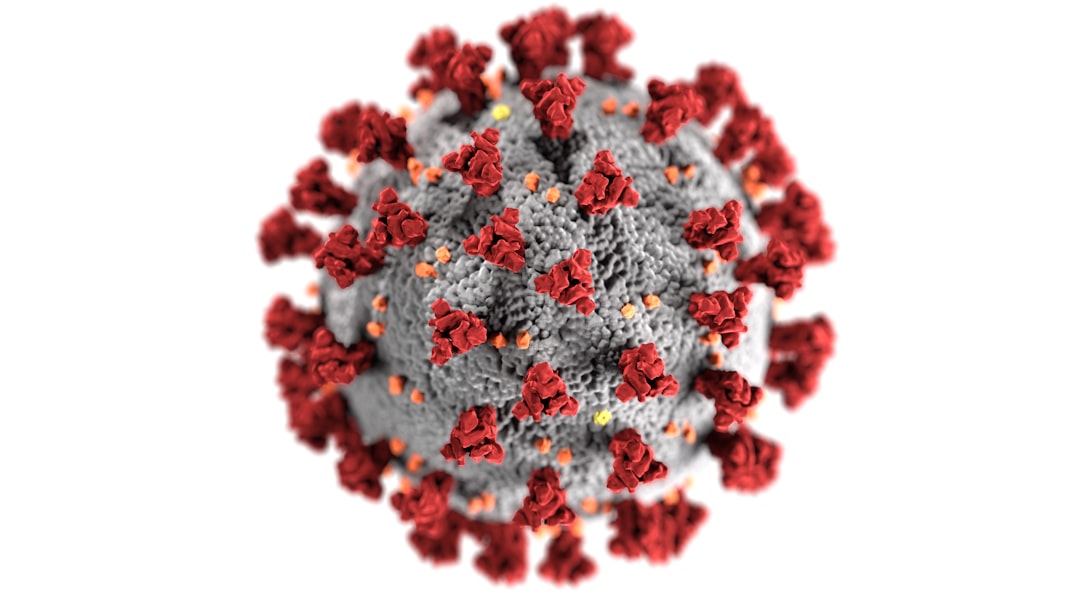What is it about?
Bacteria can become resistant to antibiotics by acquiring small rings of DNA (plasmids) from other bacteria. These plasmids can contain genes that encode resistance to one or more antibiotics. We are interested in how these genes work - the mechanism of resistance. One such gene, called tet(U), was reported to encode resistance to tetracycline. As we began to study the gene we realised it had been mis-described and in fact does not encode resistance to tetracycline, nor any other drug.
Featured Image
Why is it important?
This work was, on the face of it, a negative result. However, screens for tet(U) have become a common part of antibiotic screening in clinical strains of MRSA bacteria and tet(U) is listed as a unique class of tetracycline resistance in textbooks. We decided to set the record straight. The paper thus corrects the earlier work from another lab, something that should be easier to publish than it is.
Read the Original
This page is a summary of: “tet(U)” Is Not a Tetracycline Resistance Determinant, Antimicrobial Agents and Chemotherapy, April 2012, ASM Journals,
DOI: 10.1128/aac.05957-11.
You can read the full text:
Resources
Contributors
The following have contributed to this page










